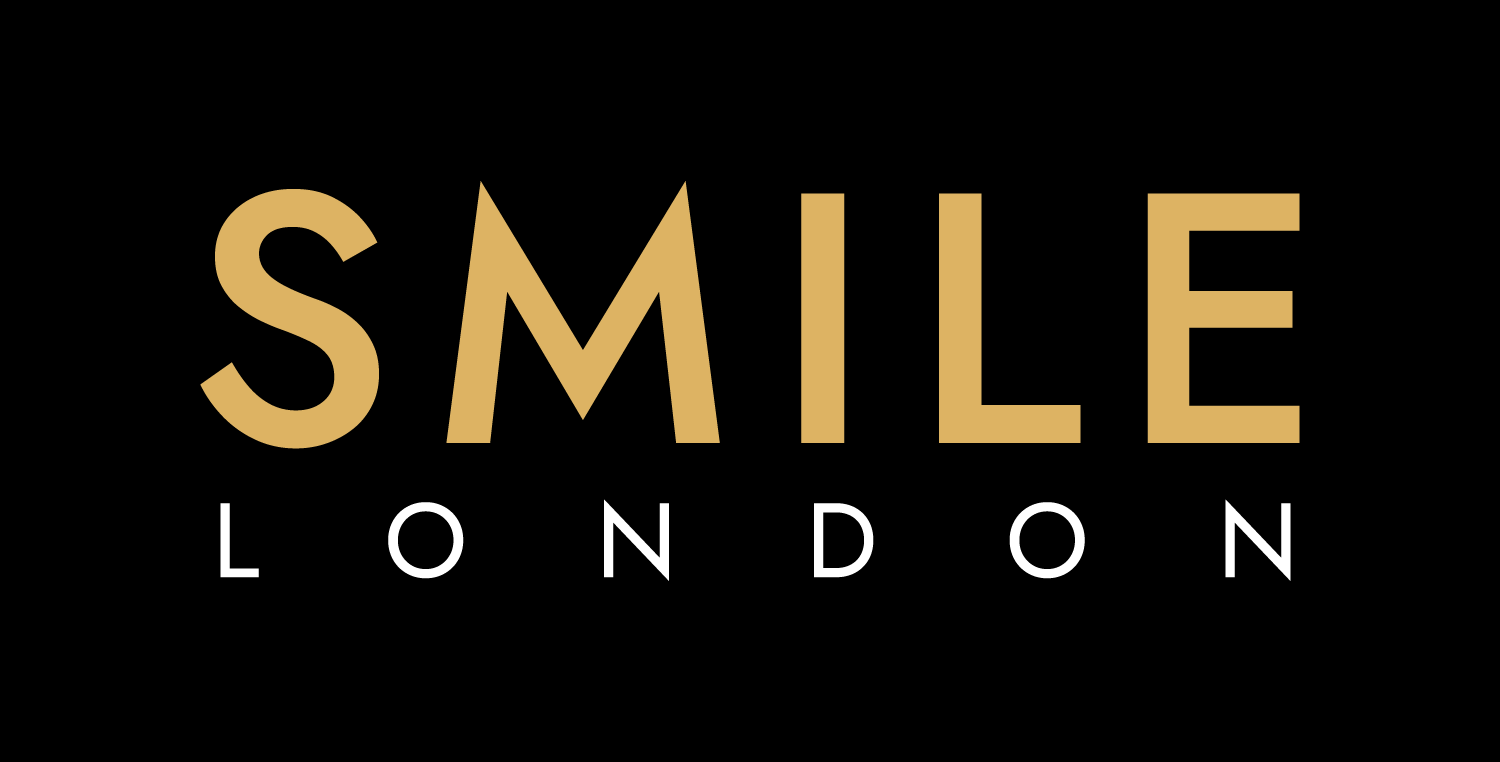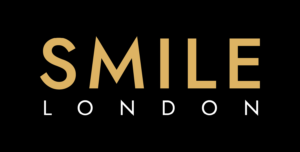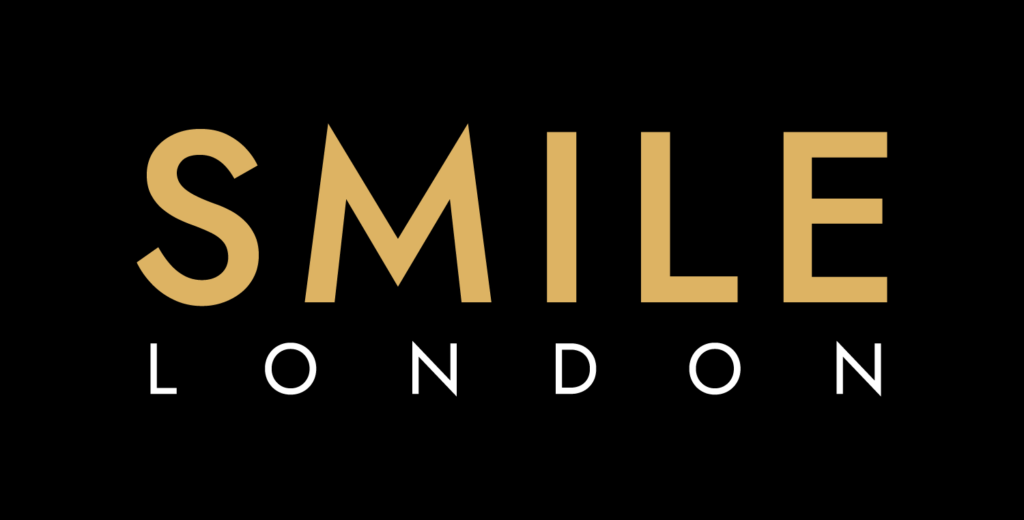Your smile is a unique expression of who you are, and if you find yourself navigating the challenges of an underbite, you’re not alone. An underbite occurs when the lower teeth extend beyond the upper front teeth, impacting both the aesthetics and functionality of your smile. In this exploration, let’s uncover the world of orthodontic solutions designed to address underbites, guiding you towards a more balanced and confident grin.
Understanding Underbites:
Before we delve into solutions, it’s essential to understand what characterizes an underbite. When the lower jaw protrudes forward, causing the lower teeth to sit in front of the upper teeth, an underbite is formed. This misalignment can lead to aesthetic concerns and potential oral health issues, making orthodontic intervention a valuable consideration.
Exploring Orthodontic Solutions:
Traditional Braces:
- How They Work: Traditional braces, with their metal brackets and wires, are a proven method for correcting underbites. They apply controlled pressure to gradually move the teeth into proper alignment.
- Advantages: Highly effective for addressing various orthodontic issues, including severe underbites. Offers precise control over tooth movement.
- Considerations: Some individuals may prefer less visible options.
Invisalign
- How It Works: Invisalign takes a modern and discreet approach using clear, removable aligners. These aligners gently shift the teeth, providing a nearly invisible method of orthodontic treatment.
- Advantages: Particularly suitable for mild to moderate underbites. Virtually invisible, addressing appearance concerns. Allows for removal during eating, brushing, and flossing.
- Considerations: May not be recommended for complex cases.
Jaw Corrective Appliances:
- How It Works: In some cases, a more comprehensive approach may involve jaw corrective appliances. These devices help address the underlying skeletal issues contributing to the underbite.
- How They Work: Traditional braces, with their metal brackets and wires, are a proven method for correcting underbites. They apply controlled pressure to gradually move the teeth into proper alignment.
- Advantages: Highly effective for addressing various orthodontic issues, including severe underbites. Offers precise control over tooth movement.
- Considerations: Some individuals may prefer less visible options.
Choosing Your Path to a Balanced Smile:
The journey to correcting an underbite involves understanding your unique needs and preferences.
- Severity of Underbite: The severity of the underbite plays a crucial role in determining the most suitable orthodontic solution. Traditional braces are versatile and can handle severe cases, while Invisalign is ideal for milder situations.
- Appearance Concerns: If the appearance of traditional braces is a concern, Invisalign offers a more inconspicuous option.
- Comprehensive Treatment: For cases involving skeletal issues, jaw corrective appliances may be recommended for a more holistic approach.
Conclusion:
Orthodontic solutions offer a pathway to transforming your underbite into a well-aligned and confident smile. Whether you choose the time-tested reliability of traditional braces, the discreet elegance of Invisalign, or a customized combination, consulting with an orthodontist will guide you towards the most suitable path. Embrace the positive change and unlock the potential for a healthier, more balanced smile.


